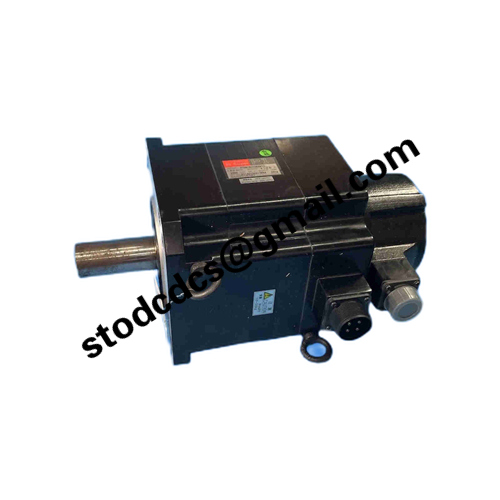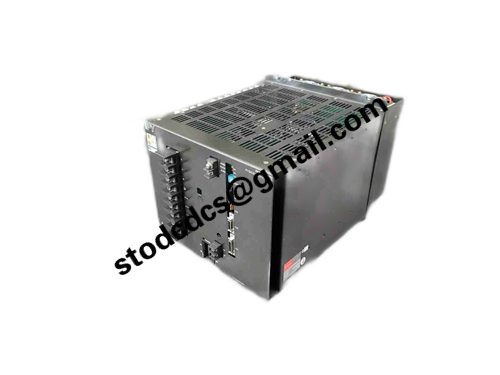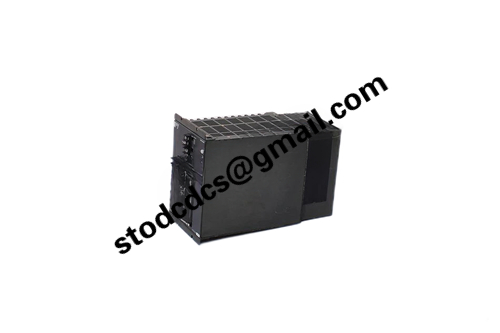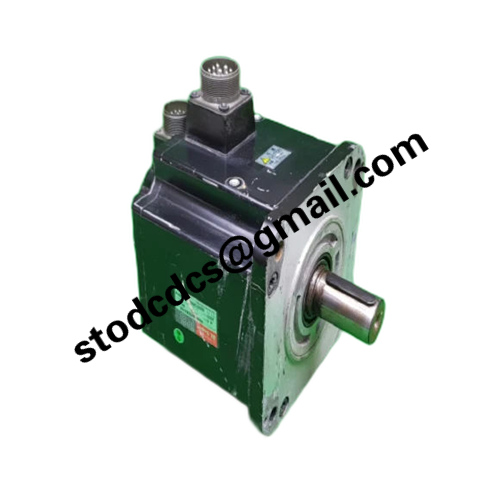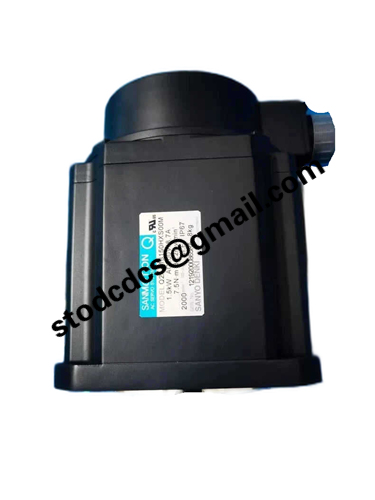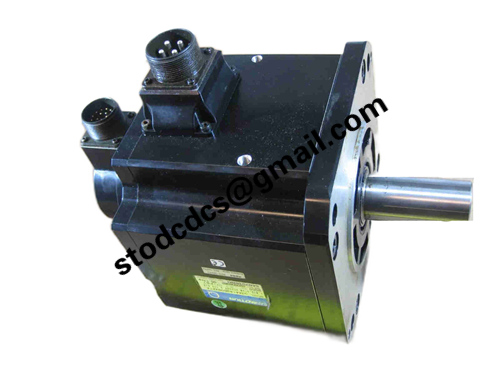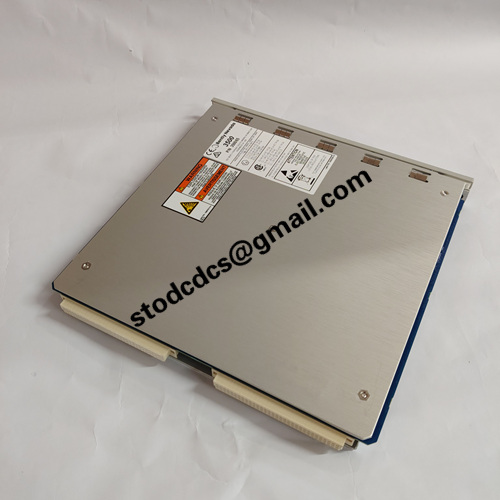ABB P8800 DC Digital Input Module
Product details
P8800 DC digital input module is an industrial automation equipment commonly used for digital signal input in industrial control systems.
It can convert external switch signals into digital signals that can be processed by the control system,
Thus achieving monitoring and control of on-site equipment.
The following is a detailed description of the typical functions and features of the P8800 DC digital input module:
Main functions:
Signal input:
Supports multi-channel DC digital signal input.
The input signal type is usually dry contact or wet contact, compatible with multiple voltage levels.
Data processing:
Filter and debounce the collected digital signals to ensure their stability and accuracy.
Provide signal status monitoring, such as high level, low level, or disconnection detection.
Communication interface:
Usually supports standard industrial communication protocols (such as Modbus, Profibus, or Profinet) for interaction with upper computers or control systems.
It can be connected to a programmable logic controller (PLC) or distributed control system (DCS) through a bus or network.
Diagnostic function:
Capable of self diagnosis, able to detect the working status of modules and the effectiveness of input signals.
Provide fault alarm function for easy maintenance.
Technical parameters (typical):
Number of input channels: usually 8, 16, or 32 channels.
Input voltage range: DC 24V, 48V or other standard industrial voltages.
Isolation voltage: There is a certain electrical isolation capability between the channel and the system (such as above 1000V).
Power consumption: Modules typically have low power consumption and are suitable for long-term continuous operation.
Response time: Fast response (usually within a few milliseconds), suitable for real-time control applications.
Related pictures:
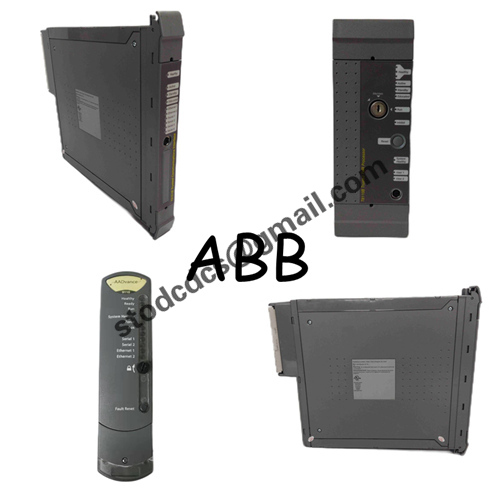
More Industry News:
6ES7313-6CE00-0AB0ProgrammableTransmitter


